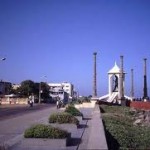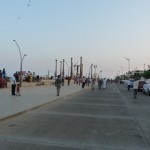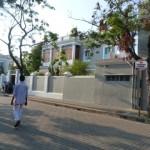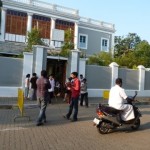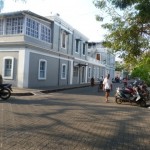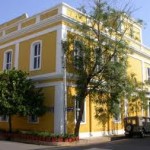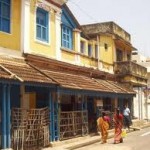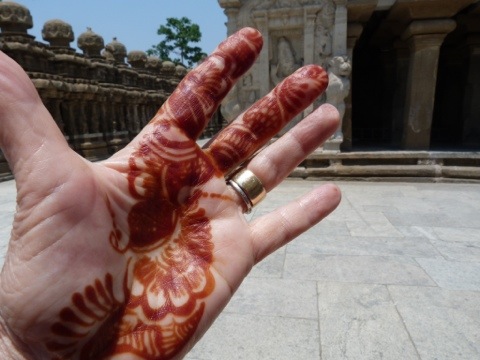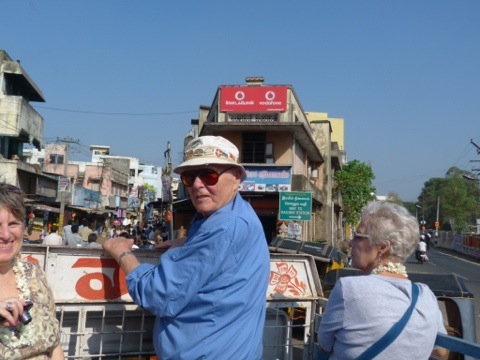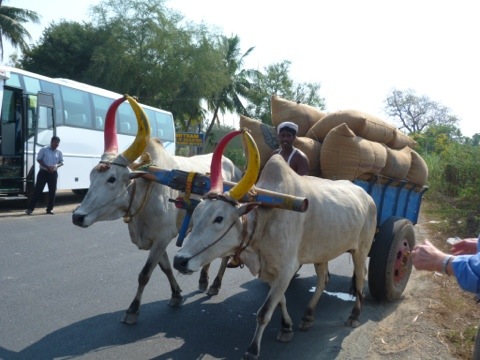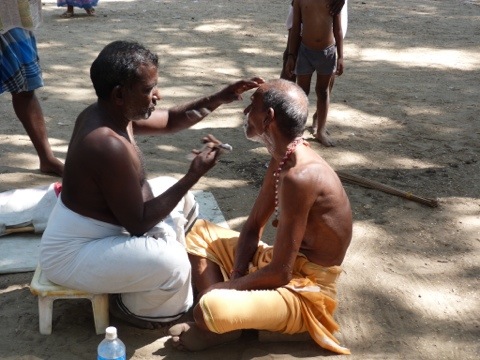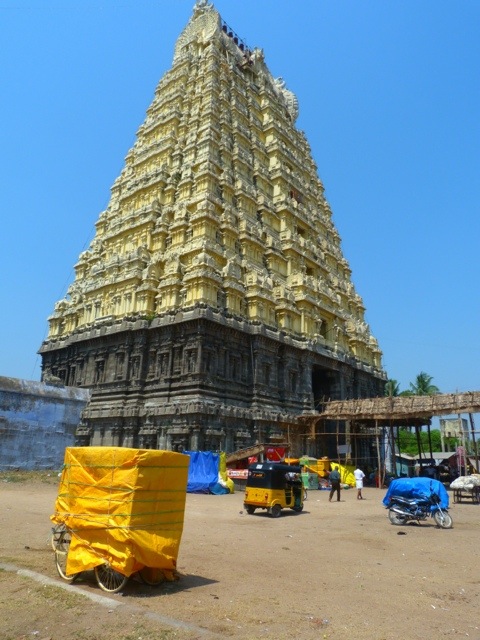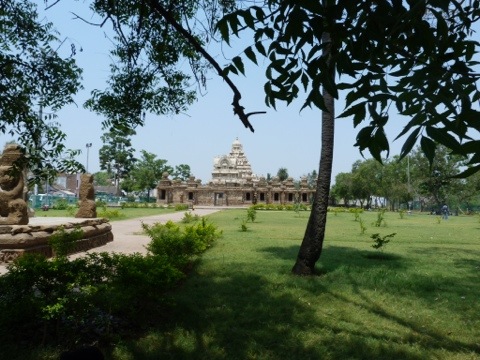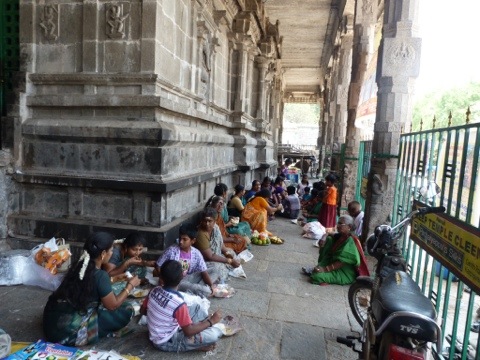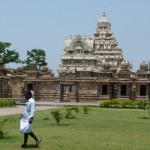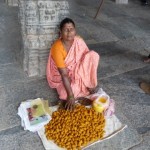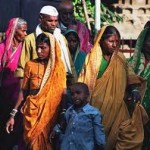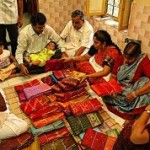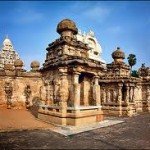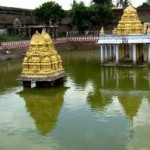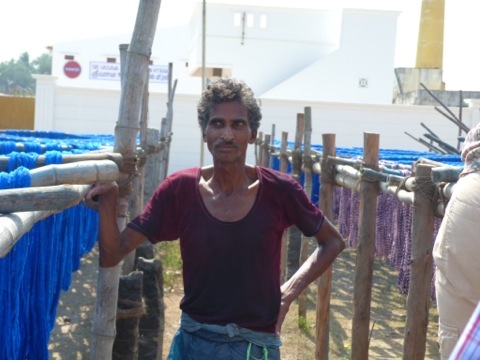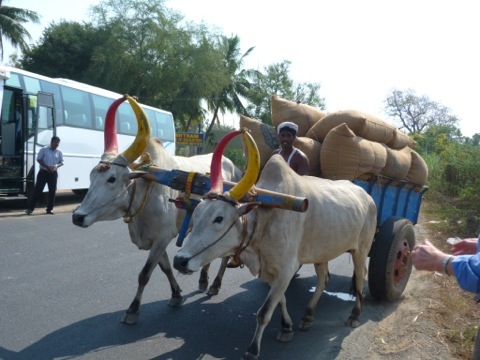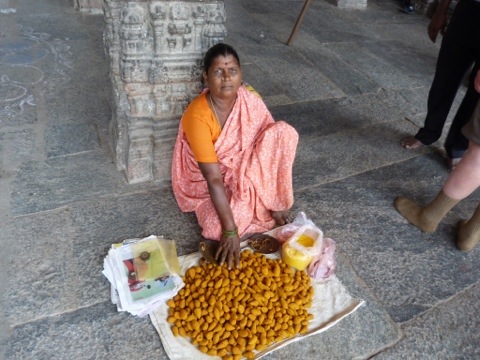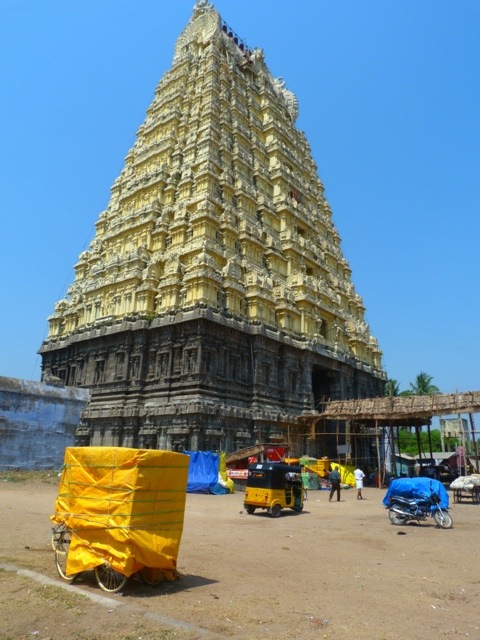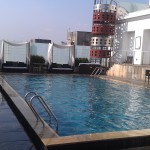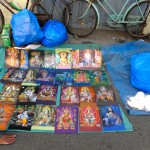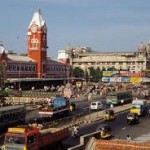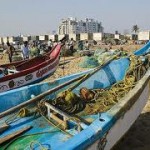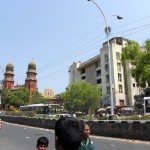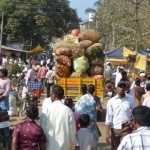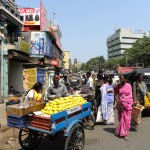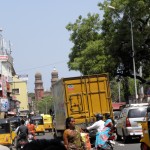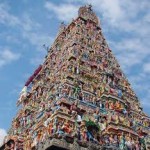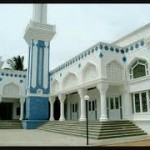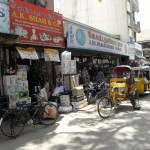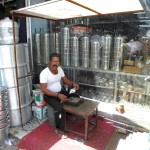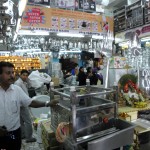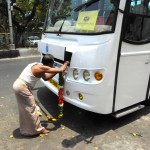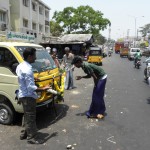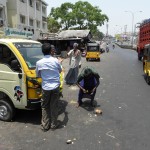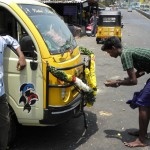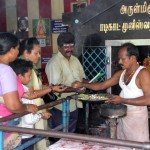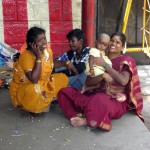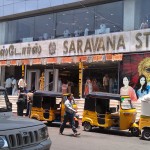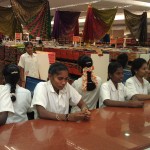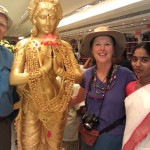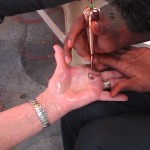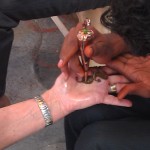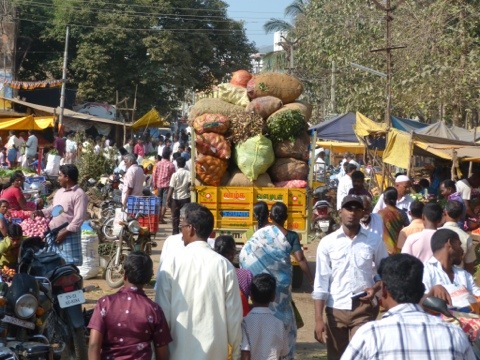Though very small, Pondicherry was the largest French colony in India. The city has a long and interesting history of trade and war. Even now there is a strong French influence in the city, especially in the old quarters, with Rues and Boulevards lined with Mediterranean style houses and bakeries. About 400 people hold dual citizenship today. French is still understood and most busy vegetable vendors this morning greeted us with
Bonjour. The whole city is a colorful eclectic mix of East and West.
Pondicherry was designed on the French (originally Dutch) grid pattern and features neat sectors and perpendicular streets. The town is divided into two sections: the French Quarter (Ville Blanche or ‘White town’) and the Indian quarter (Ville Noire or ‘Black Town’). Many streets still retain their French names, and French style villas are a common sight. In the French quarter, the buildings are typically colonial style with long compounds and stately walls.
Ville Blanche is dominated by well maintained prime properties painted taupe and trimmed in white. These are all part of the Aurobindo Ashram complex founded by Sir Aurobindo Ghosh in the mid-1920s. The main building comprises the houses of Shri Aurobindo and The Mother (Mirra Alfassa, a French woman who accepted Aurobindo as her spiritual mentor and guide and later became his most important disciple). The samadhis of Aurobindo and The Mother are in the courtyard where their mortal remains have been enshrined. The complex stands out, in part because of the meticulous maintenance and because it dominates virtually every block in the French quarter. About 4,000 followers are part of the present communal and meditative community. It was in “flower power” hippie period of the sixties that was their halcyon decade of growth and domination. When the founding Bengali guru Aurobindo Ghosh died a few years ago the commune splintered into three factions and interests were divided. The headquarters, garden and school are flower filled sanctuaries for the meditators as well as visitors.

